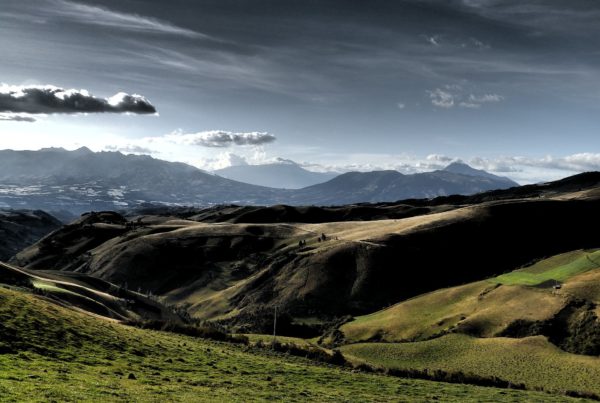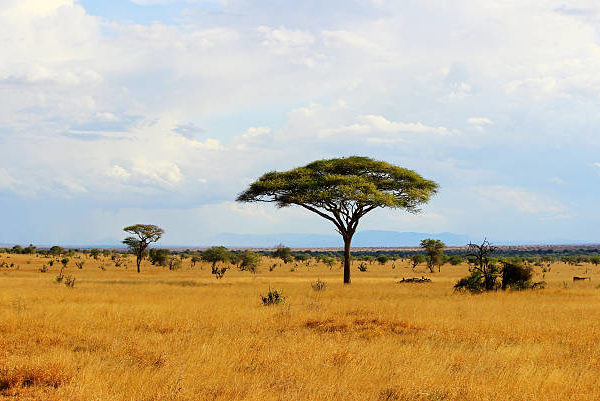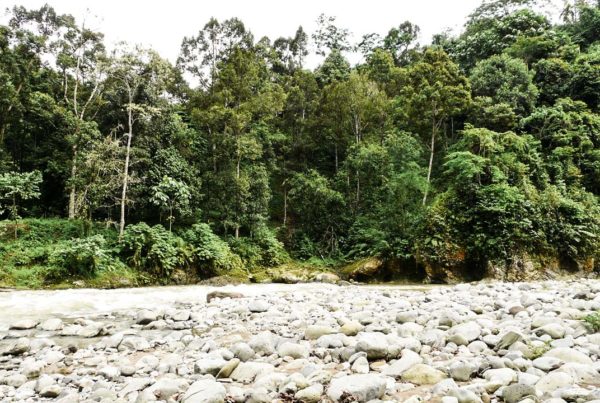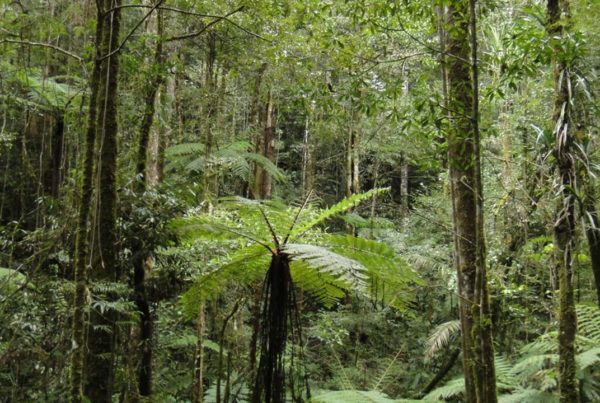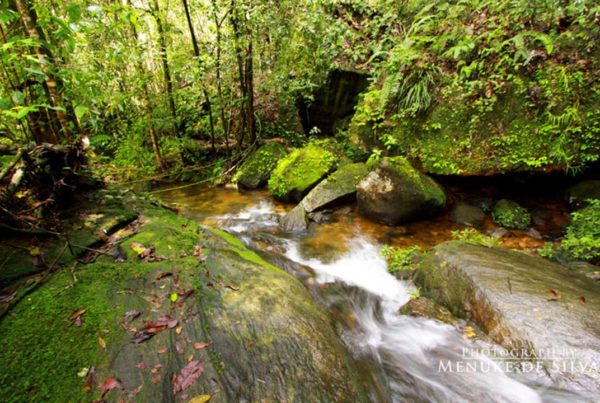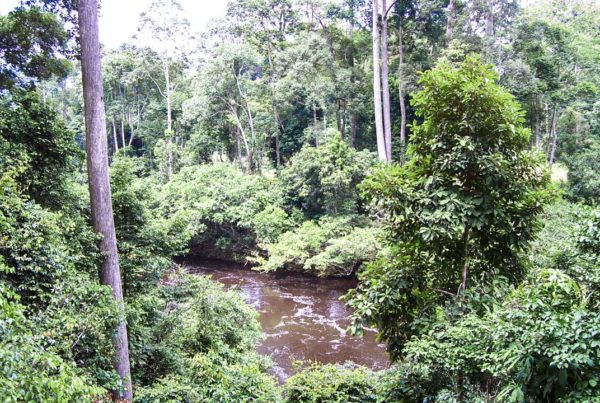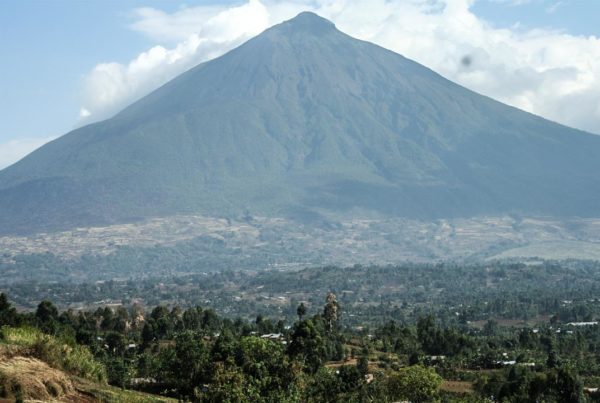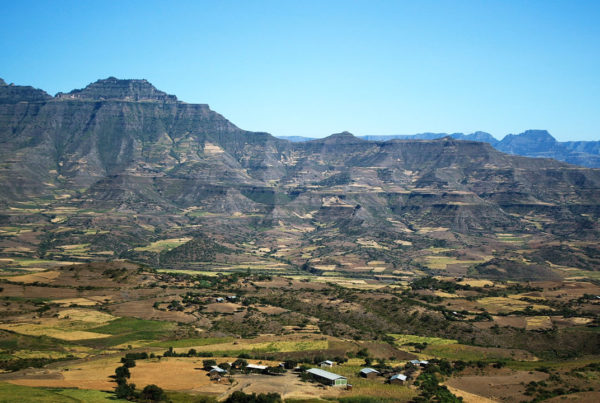Global patterns of extinction risk and conservation needs for Rodentia and Eulipotyphla
A recent paper, published in the journal Diversity and Distributions, explored the global patterns in spatial aggregations of species richness, vulnerability and data deficiency for Rodentia and Eulipotyphla, and assessed the adequacy of existing protected area (PA) network for these areas, to provide a focus for local conservation initiatives.
Despite some potential limitations (the findings are dependent upon the quality of available IUCN Red List data), this new assessment of global patterns of small mammal diversity constitutes a highly important planning tool for setting regional priorities and directing maximally effective interventions in the face of limited conservation resources, and for focusing capacity-building activities to support future research and planning. This improved global understanding of small mammal diversity and conservation status will serve to guide effective management and help maintain this hugely important group of mammals into the future.

